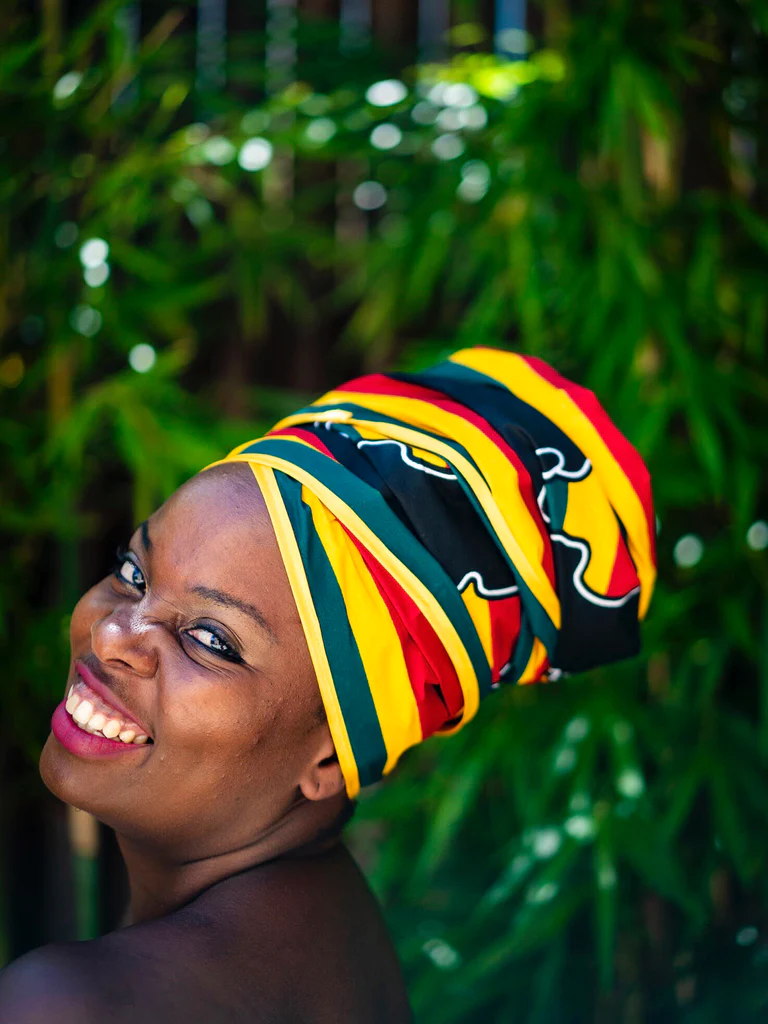"....head coverings played and still play a very large part in virtually every culture from central Asia all the way to Central America and have immense historical significance....we are stripping people of their culture and reducing their custom to something as vile as oppression..." - CharaDK
Please rate the article and leave a comment below!

Covering one’s head, among men and women, was believed to have started as early as the 13th century BC and continued up until the mid 1900’s. In ancient Greece, a society known for freedom of choice, women covered their heads with various types of veils, scarves, and turbans that very closely resemble modern-day hijabs, burqas, shaylas, and chadors. Before you make any assumptions, would it surprise you to know that women in ancient Greece proudly wore these head coverings as a symbol of high status? In that time, prostitutes and slave women were not allowed to wear head coverings because of their low status. Head coverings symbolized a woman’s respectability and of her being protected by the law as well as the men of her family. Essentially, she was of higher value and untouchable, unlike women of lower class who were basically free game.
Despite the pervasive fear of head coverings and the association with them as oppressive and imprisonment, head coverings and veils make up a huge part of European culture as well as many other cultures around the world. This contention and resistance towards the idea of covering the head are deeply rooted in the politicization of head wraps. However, if you do a quick Google search of just about any European country’s traditional clothing, you will see that they included head coverings for both men and women alike. In fact, up until the 1920's and even 1960's, Europeans wore hijabs or covered their heads with similar items. Please take a moment to look at the national dress of the countries below and no, they are not muslim. Why were people so keen on covering their heads and what is the history of the hat?
1 Corinthians 11:5 “...any woman who prays or prophesies with her head unveiled brings shame upon her head..”
Head Coverings and Social Significance
For most of human history, people covered their heads and the hats, scarves, or turbans were very important symbols of social status and ranking. These head coverings told a lot about the person wearing them and it was said that you could know a man’s occupation, group affiliation, and religion based on what he wore on his head. Apparently, knocking someone’s hat off their head was a grave insult. In Europe, the Christian Roman Empire brought along with it the requirement of head coverings, which were, again, symbols of status and respectability. If we look at depictions of women from the Bible, their heads are covered and you would be hard pressed to find a depiction of Jesus’ mother, Mary, without a veil. In Europe, specific head coverings such as the linen cap, were specifically worn by female servants to denote their inferiority while women of high class wore wide ranges of head coverings according to what was in the latest fashion. These fashion trends ranged from flamboyant feathery hats to scarves that very closely resemble the modern day hijab.
Not only were head coverings indicative of your social standing in the world, they were also used as protection from the elements. In that time, people had much less protection from the weather and worked outside much more often. Turbans themselves, often associated with religion, don’t have any religious affiliation and are simply worn as sun protection. It wasn’t until the advent of cars with roofs came along that hats started becoming less common. Actually, it is thought that John F Kennedy was a big influence in the ditching of the hat, especially for men. Just think for a moment about how recent that is. Hats also started going out of style with the Flappers, which coincided with the advent of the condom along with the sexual revolution. Times were changing and the hat was a symbol of the past.
Why are we so afraid of head coverings?
When slavery came about, many Africans brought along headwraps with them as they were used to protect themselves from the elements while working outside under harsh conditions. In the Americas, this caused head wraps to be associated with inferiority and many African women later were afraid to wear them because they didn’t want to be mistaken as slaves. In addition, the events of 9/11 enticed even more contention around head coverings marking them as symbols of pressure and oppression when, in reality, wearing hijabs is a choice for most. In other parts of the world, head caps for men were banned upon the founding of Turkiye because of their association with class, which is why Turkish men do not typically wear head coverings like they do in Arabia.
“The headscarf has been banned, made mandatory, hailed as a symbol of religious virtue, accepted as a means of controlling female sexuality, and politicized by governments and colonizers across the world. Manipulated and misinterpreted, it is seen as both a sign of liberation and imprisonment, of progress and regression. It’s a source of friction both outside and inside the communities that wear it.” - Liana Aghajanian
Allow me to provide you with my very own analogy. Today in the Western world, many feminists are shaving their heads because they believe that long hair is a beauty standard enforced by men. It is also true that many fathers forbid their young daughters from cutting their hair as well as husbands who discourage their wives from doing so and it may very well have caused violence in the past. Now imagine there is a world further west of the US, a land where all women shave their heads bald because long hair is a sign of oppression. The people from this land then approach you and tell you that your long hair is clearly a sign of oppression because it's hot and it's obviously not comfortable. These people have learned via social media that there are men who forbid women from shaving their heads therefore they believe that all women with long hair are forced to do so when, in reality, it is most women’s preference and they don’t see it as oppression. They look at you, with long hair, as weak, held captive, a prisoner and tell you that you should shave your head bald. Yeah, thanks, but no. How would you feel in a situation like that? And when you tell them that your long hair is a choice, they tell you that you were brainwashed and didn’t realize you are being oppressed. Now, apply this to the view of women covering their heads.
Modern day head coverings
Little known to some is that head coverings are still very common in today’s world among a vast array of cultures. In the Middle East, head coverings are still worn by both men and women as an expression of modesty rather than social status as dress code is important for everyone. In Eastern Europe particularly, also known as the Balkans, it is extremely common for older women in rural areas to wear headscarves which are identical to those in rural Turkiye. If we look at women of history, Frida Kahlo typically wore the traditional Mexican head wrap and celebrated this custom. The late Queen Elizabeth II was expected, as other women of royalty, to cover her head with a hat when leaving her home and is still mandatory at formal occasions. Today in places such as Brazil, Cuba, and Jamaica, (much of the Caribbean) head wraps are still worn as symbols of marital status and religious attire. That is no different from the church crown culture of the southern US where wearing large hats to church is very common in African American culture holding huge religious and cultural significance. In the modern US, the wedding veil is still used and holds the same symbol of the past as does the funeral veil which was worn by Jackie Kennedy herself.
Left Queen Elizabeth II, Middle Romanian Headscarf, Right Jamaican Head wrap
As we can see, head coverings played and still play a very large part in virtually every culture from central Asia all the way to Central America and have immense historical significance. There is tremendous fear, misinterpretation, and resistance around the idea of covering one’s head, however by purporting this idea of imprisonment, we are stripping people of their culture and reducing their custom to something as vile as oppression. As much as we want to argue it, head coverings made up most of human history therefore are in most of our DNA.
If you enjoyed this article and are interested in others like it, please leave a comment and subscribe to our newsletter! As always, thank you for supporting the blog.
Source Material :
Photograph 1 Wikipedia
Photograph A1 K, Roman., FolkCostume&Embroidery
Photograph A K, Roman.. FolkCostume&Embroidery
Photograph B K, Roman,. FolkCostume&Embroidery
Photograph C Image credit: Cristiano Cani | Creative Commons
Photograph D Alexandra King | Gingham










Just two generations back, in the youth of my grandmother (1920ies), it was unthinkable for a middle class woman to leave the house with her head uncovered:
she always wore a hat or a headscarve!
This was in Hamburg, Germany, Europe
I definitely agree that because people came from one origin.
That simple. 👋
It’s really true, we have never thought about that. Different view points. 🙏🫶